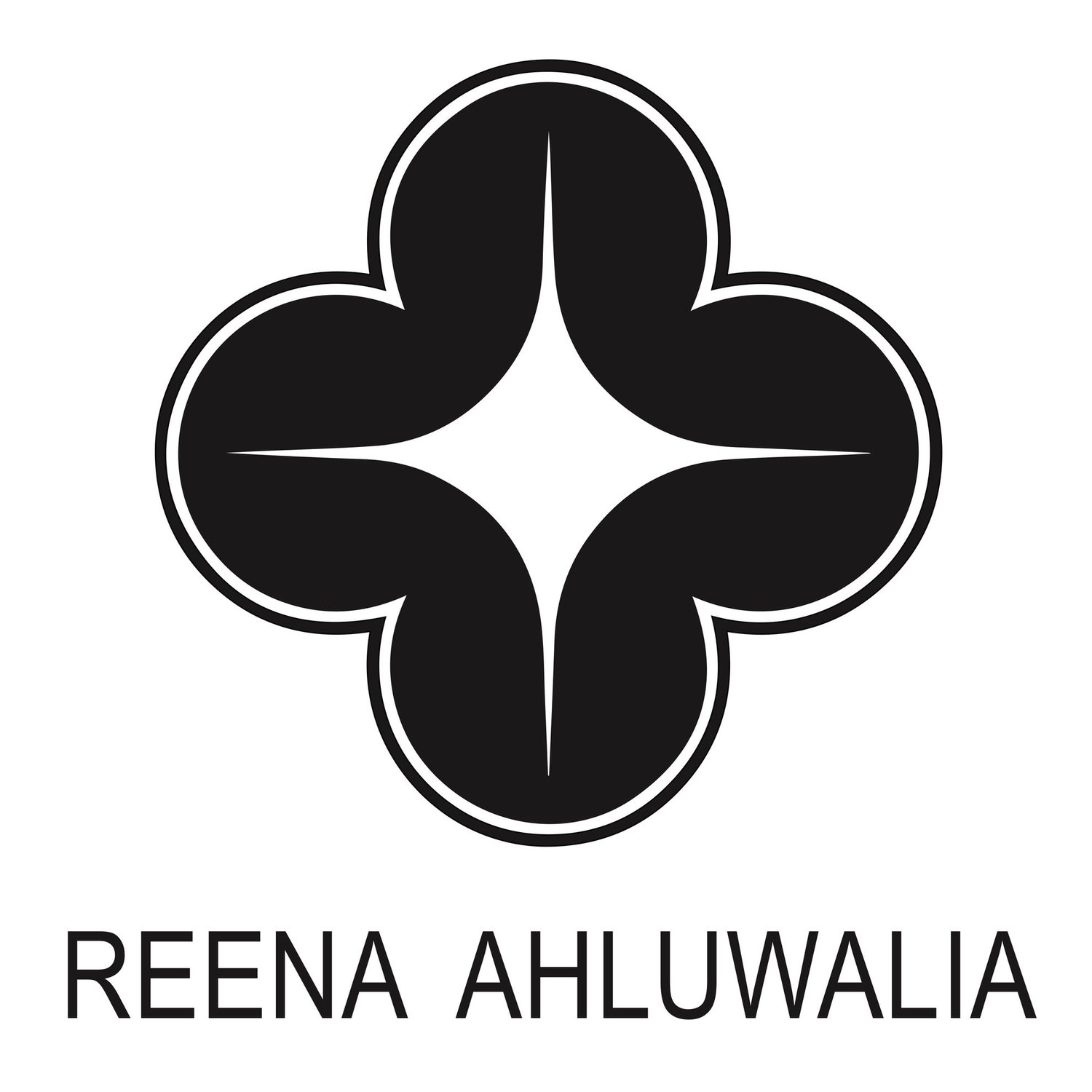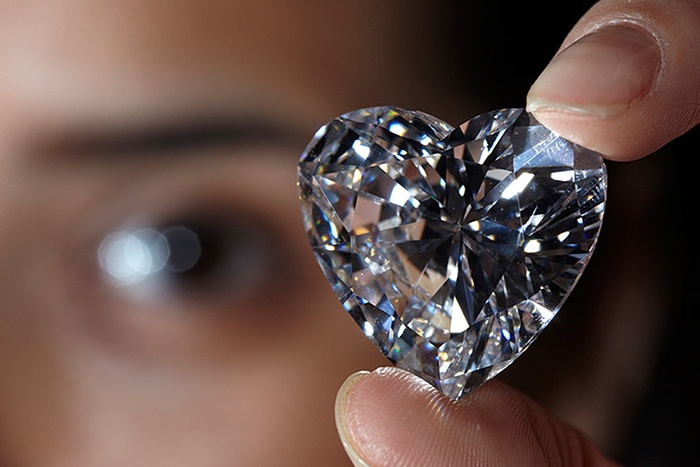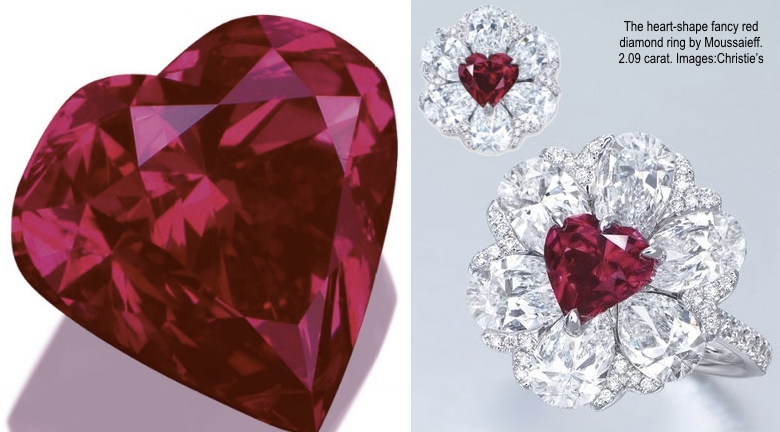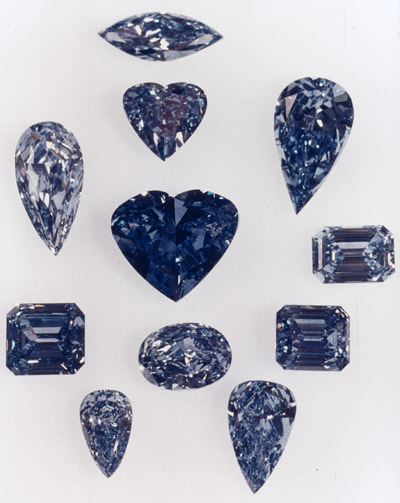A diamond’s shape is often the very first consideration when selecting a piece of diamond jewelry. It’s quite clear why: each shape has its own attributes and offers a different aesthetic. Today there is a wide variety of diamond shapes available. Diamond shape is regularly confused with diamond cut. However, these two are not one and the same. A diamond’s cut and crafted finish refers to the stone’s facet arrangement, including symmetry and proportion. On the other hand, a diamond’s shape is the general silhouette of the stone: round, square, rectangle, octagonal, oval, marquise, pear, heart, or triangle. [Source: GIA]
This blog post highlights a particular diamond shape. A symbol of love and romance - the heart-shaped diamond! Ideal heart-shaped diamonds have two symmetrical halves with distinct cleft and even wings and lobes.
I have designed and created custom jewels using heart-shaped diamonds and continue to love working with them. My preference is to work with heart-shaped diamonds that are larger than 0.50-carat, that way the shape of diamond is clearly visible and can be appreciated fully.
Of course, my love for heart-shaped diamond can be seen here in my painting, titled "The Portal of Quest". 30"x40". Acrylic on Canvas. 2015. ©Reena Ahluwalia.
Heart-shaped diamonds are often referred to as an extremely popular fancy cut and the ultimate representation of love. The most romantic of all diamonds, they are highly sought-after for very special occasions such as engagements and anniversaries.
Diamonds became popular as ornaments in jewelry in the 1400s and the different techniques and styles of diamond cuts were gradually developed over many years. In 1475, Lodewyk van Bercken (or van Berquem), a Flemish stone-polisher from Bruges, introduced the concept of absolute symmetry in the placement of facets on the stone. His minutious and precisely studied advancements resulted in the first pear-shaped Pendeloque or Briolette-cut, a revolutionary breakthrough on shape, design and cutting excellence.
'Pure Heart' - Portrait of a White Heart-Shaped Diamond. 36 x 36 inches. Acrylic on Canvas. ©Reena Ahluwalia. See Reena’s Paintings.
The Heart-cut can be closely related to the Pendeloque. Its appearance often begins as a pear shape, the possible inclusions located ideally in the center of the rounded end that the diamond cutter will flatten and indent with a cleft, the girdle widened until the length is approximately equal to the width. It is essential for a heart-shaped diamond to have a highly skilled cutter, to insure that the distinctive lobes are balanced, smooth and well defined, while retaining a brilliant shine. Consisting of minimum fifty-eight facets, the result is full of fire, comparable to the traditional round brilliant-cut. According to gemologists, the ideal length-to-width ratio of a heart-shaped diamond should be approximately 1 to 1 in order to exhibit the best possible brilliance. However, there are many heart-shaped diamonds which are cut much narrower and much wider than the ideal proportions, primarily depending on the attributes of each particular rough diamond, making of every perfectly cut hearts a rarity. [Source: Christie's]
And... here are some of my favourite heart-shaped diamonds! They are rare, famous and fabulous, I hope you will enjoy taking a look at them!
At 118.78 carats, the “The Graff Venus” is the world’s largest D-color, Type IIA, flawless heart-shaped diamond. The Graff Venus was cut from a 357-carat rough diamond discovered in 2015 at the Letšeng Mine in Lesotho. Image: Graff Diamonds
At 118.78 carats, the “The Graff Venus” is the world’s largest D-color, Type IIA, flawless heart-shaped diamond. The Graff Venus was cut from a 357-carat rough diamond discovered in 2015 at the Letšeng Mine in Lesotho. Image: Graff Diamonds
The Blue Heart Diamond photo shown here set in a platinum ring surrounded by 25 white diamonds. The stone measures 20.01 mm wide, 19.99 mm tall and 11.89 mm deep. Photo by Chip Clark, Smithsonian National Museum of Natural History.
The Hope Diamond, right, without its white-diamond pendant, and the 30.62 carat Blue Heart Diamond. Photo: Smithsonian National Museum of Natural History.
The Blue Heart diamond is a 30.62-carat, heart-shaped, brilliant-cut blue diamond. The cutting firm of Atanik Ekyanan of Neuilly, Paris cut this heart shape, which weighs 30.82 metric carats and is of a rare deep blue color, sometime between 1909 and 1910. This date raises the question whether the rough stone came from Africa or India. In 1910 Cartier purchased the diamond and sold it to an Argentinian woman named Mrs. Unzue. At the time, it was set in a lily-of-the-valley corsage and remained so until Van Cleef & Arpels bought the gem in 1953. They exhibited it set in a pendant to a necklace valued at $300,000 and sold it to a European titled family. In 1959 Harry Winston acquired the gem, selling it five years later, mounted in a ring, to Marjorie Merriweather Post. Finally Mrs. Post donated to the Blue Heart to the Smithsonian Institution in Washington D.C. where it remains to this day. [Source: famousdiamond.tripod.com]
Photograph of a group of large, clear, colored diamonds from the National Gem Collection with Blue Heart diamond at its center. Photo by Chip Clark, Smithsonian National Museum of Natural History.
‘The Windsor Heart’ Yellow Diamond. 47.14cts yellow diamond was bought by the Duke of Windsor for the Duchess (Wallis Simpson) in 1951 from Harry Winston to complement her other yellow diamond and set in a ring. The stone was later acquired by Estée Lauder, set in a pendant and sold by the Lauder family in 2012 in aid of Breast Cancer Research Foundation. Image: Sotheby's
‘The Windsor Heart’ Yellow Diamond. 47.14cts yellow diamond was bought by the Duke of Windsor for the Duchess (Wallis Simpson) in 1951 from Harry Winston to complement her other yellow diamond and set in a ring. Image: Sotheby's
'Heart of Gold' - Portrait of a Yellow Heart-Shaped Diamond. 36 x 36 inches. Acrylic on Canvas. ©Reena Ahluwalia. See Reena’s Paintings.
A Christie's member of staff displays an unmounted, heart-shaped, D-colour, internally flawless, type IIa diamond weighing 56.15 carats. It fetched $10,953,661 in 2011
Denis Balibouse/Reuters
The heart-shape fancy red diamond ring by Moussaieff. The 2.09 ct. ring sold for $5,095,872 ($2.44 million per carat) to a private Asian investor in November 2015 in Hong Kong. Courtesy Christie’s
'Passionate Heart' - Portrait of a Pink Heart-Shaped Diamond. 36 x 36 inches. Acrylic on Canvas. ©Reena Ahluwalia. More about the painting here.
Two perfectly matched D Flawless heart-shaped diamonds exceeding 50 carats each, cut from the two diamonds sourced from the famous Letseng diamond mine. 2011. Image: Graff Diamonds
Mr. Laurance Graff holding the perfectly matched "Graff Sweethearts".
The Heart of Eternity is a 27.64 carat, fancy vivid blue diamond. It was found in the South African Premier Diamond Mine.
The Millennium Blue Diamonds, with the Heart of Eternity at the center. The Heart of Eternity was unveiled in January 2000 as part of the De Beers Millennium Jewels collection, which included the Millennium Star. The Heart of Eternity was featured with ten other blue diamonds; the collection of blue diamonds totalled 118 carats (23.6 g). The De Beers Millennium Jewels were displayed at London’s Millennium Dome throughout 2000. Image: famousdiamond.tripod.com
In the past I have authored posts on, Bejeweled Maharaja & Maharani of Mysore, Koh-i-Noor Diamond, Diamonds on World Postage Stamps, Top Ten - Largest Diamonds Discovered In The World, Splendors of Mughal India, The Magnificent Maharajas Of India, Mystery & History Of Marquise Diamond Cut, Ór - Ireland's Gold, The Legendary Cullinan Diamond, Bejeweled Persia - Historic Jewelry From The Qajar Dynasty, Famous Heart-Shaped Diamonds, Type II Diamonds, Green Diamonds, Red Diamonds and more. Over years, I have spent countless hours in self-driven studies on diamond, jewelry history and research. I wrote these blogs for a simple reason - to share my collected knowledge with all who are interested, so that more can benefit from it. Take a look and enjoy! -- Reena



















